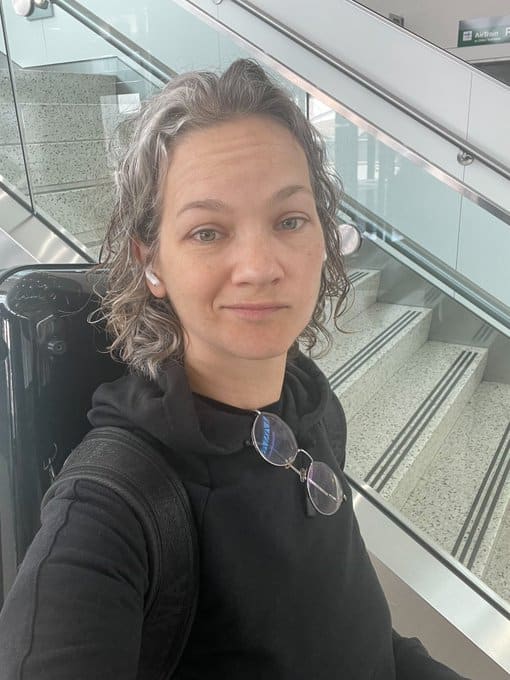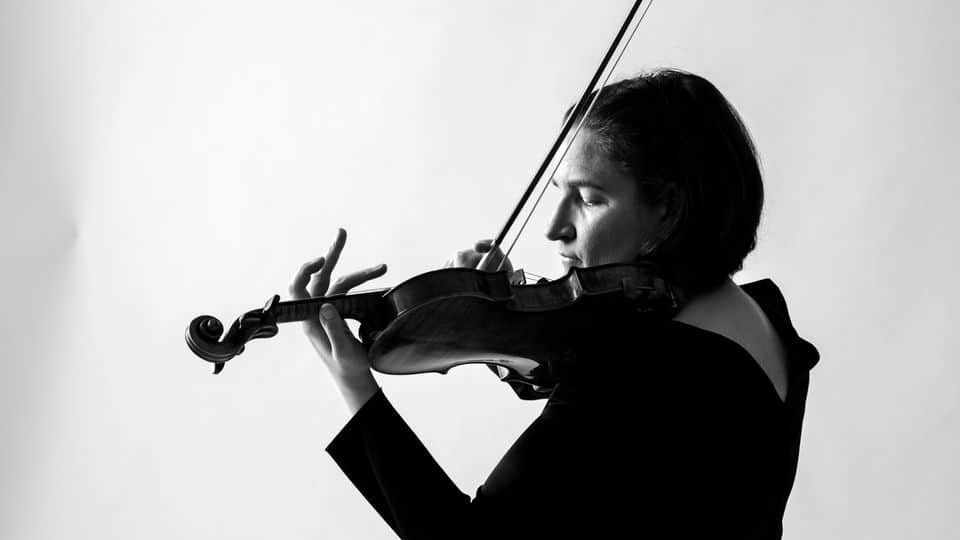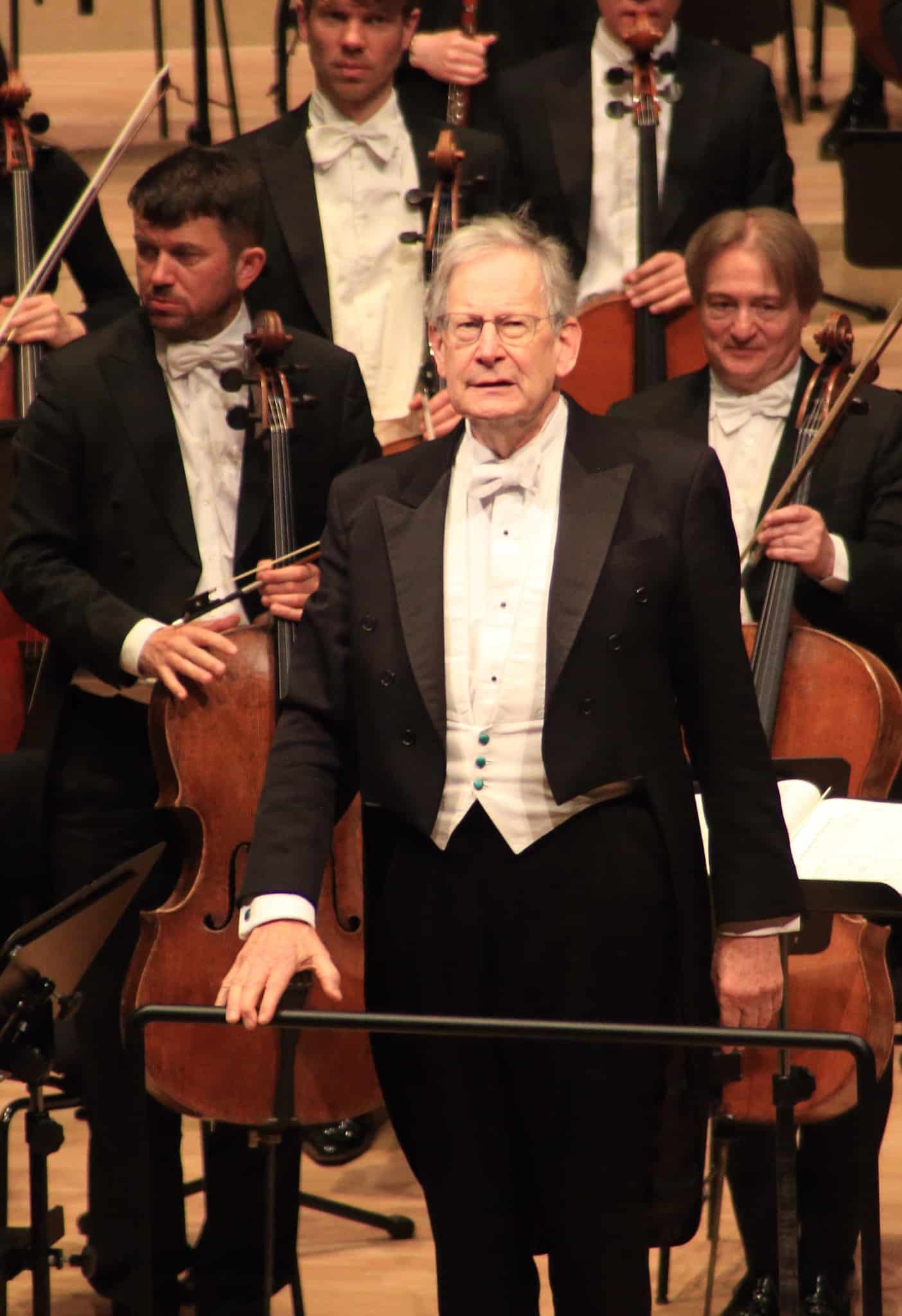When will we hear again the tension of a packed Beethoven hall?
mainWelcome to the 102nd work in the Slipped Disc/Idagio Beethoven Edition
Piano sonata no 31 in A flat major, opus 110
In his 50s, when Beethoven gave up hope of ever finding a wife and starting a family, his music changed. The only object in his life was his teenaged nephew Karl whom Beethoven alternately hugged and hit as the boy turned rebellious and stayed out late. He had a few friends left, but his entire concentration now turned inwards, writing music that was drawn from untapped depths of his soul and was, at times, barely intended for human consumption. The late works of Beethoven are not intended to please anyone, least of all himself.
The penultimate piano sonata, deceptively short, has a central movement that lasts less than two minutes. How does an interpreter approach what is little more than a musical aphorism? The sonata as a whole lasts 18 minutes. Although it is playable by many amateurs, the composer’s assistant Anton Schindler advised that no-one should attempt it before reaching a mature outlook on life and death: ‘This music sprang in the first place from a profound personality and is only fully intelligible and useful to profound personalities.’ Philosophers of the piano tell their followers to ‘let the text speak for itself’, whatever that might mean. In the understanding of opus 110 we are aided by more than 120 recordings, some of vastly different character.
The finale is wound around a ‘klagende Gesang’, a mournful song, but the colouring is neither sombre nor hopeless. It is left to the artist to make clinical decisions on the nature of a work that is constantly working against itself – without, miraculously, losing its thread. It ends with an abrupt A flat major chord, as if to say: that’s it.
Authority on record flows from Artur Schnabel who, having played all 32 sonatas in a Berlin concert cycle in 1927, repeating them in London and New York, decided to start his unprecedented record project, Beethoven’s piano output grasped as a single entity, with the opus 110, the most enigmatic and problematic of the set.
On January 21, 1932 Schnabel entered Studio 3 at EMI’s Abbey Road recording base, which had only been opened two months before. The piano was a Bechstein. In the technology of the time a disc could contain no more than four minutes of music, forcing constant stops and starts. Schnabel, impervious, maintained concentration without protest. He could be an impossible partner – insisting that removal men be called in to move his piano half an inch, or blowing up at an imagined rustle in the distance – but his dedication to the work was absolute. He described the late sonatas as music that is ‘better than can be played’. In the concluding adagio, he is both epic musician and hypnotic storyteller, an artist who holds your conscious mind in his hands. Just listen.
The pianist Stephen Hough shared this with me: ‘In the car last summer, with no wifi or 4G, we had only Schnabel’s sonatas downloaded on my phone. We drove through Yellowstone with them on shuffle and I was astonished again and again at how utterly fresh they were – the pieces and the performances. And never mind the musical insights (bar after bar), he was a dazzling virtuoso, with his reedy Bechstein a perfect compromise between historical instruments and the modern Steinway. So often I thought, “this has never been bettered”. Only with the Hammerklavier Fugue do we feel the mountain is about to crumble … but even that struggle, with its lack of compromise, reveals its own Beethovenian spirit.’
Monumental as Schnabel is, there are other ways to approach the opus 110. The Russian pedagogue Heinrich Neuhaus (1947) takes a steady pace through the piece as if he is demonstrating to the young Richter or Gilels how it ought to go. Curiously, he dispels Beethoven’s miseries and connects the music to his middle period when all was still possible. Richter (1963) is almost impenetrably introspective, morose and barely communicative, borderline violent. Gilels (1985) plays softly and wields a great mind. Thw woodpecker tapping of a single note that Beethoven indulges early in the finale becomes, in Gilels’ hands, an act of meditation, an Omm that takes the composer out of this world into a place of eternal secrets. I’m not sure anyone has ever played this passage with greater empathy.
Two relentless individualists – the Englishman Solomon (1954) and the Austrian Friedrich Gulda (1958) – engage us with their quest, offering speculative solutions to notes that Beethoven leaves hanging in the air. Glenn Gould (1956), recording at the converted 30th Street church that CBS used as a studio, sounds a tad perverse in his experiments with the weight of sound required for each note. The gaps between notes are long enough for someone to send out for coffee. It’s gripping, but is it Beethoven?
The earliest Claudio Arrau recording (Abbey Road, 1957) yields a sense of wonderment, an act of surreal generosity. Maurizio Pollini (1975) makes the work sound newly written (and DG’s recorded sound adds a special limpid quality), while Vladimir Ashkenazy brings the fixed gaze of a Beethoven marathon runner who is approaching the finishing tape.
The sound of Paul Badura-Skoda‘s period instrument (1980) is painfully anaemic at first; once you’re used to it, the interpretation is strong-willed and challenging. Trudeliese Leonhardt on fortepiano (2014) is another transcendent achievement.
But the story’s not over yet. The Frenchman Jean-Efflam Bavouzet (2016) has an intense inner quietude, while the Italian Pina Napolitano (2020), who recorded this sonata together with parched-dry modernities by the American Elliott Carter, has possibly the most glistening piano sound of any in this selection. It is, to my considerable surprise, a standard Steinway.
And don’t overlook Piotr Anderszewski (2009), live from Carnegie Hall with that special tension and attention that only a packed audience can bring. When will we hear its like again?






Wish you had included Mitsuko Uchida’s Phillips recording on this list. Terrific interpretation and sound quality of the op. 109-111 sonatas. She is the ideal interpreter of late Beethoven.
Your comments on Beethovens op/110 are fascinating…..I first heard Schnabel play on the radio in 1948 when my Mother was listening…
and I have never forgotten the impact….but amongst many pianists
who I have heard playing live, in concert on CD and DVD …..I always have at the back of my mind hearing Myra Hess play op.109 , 110 and 111 on many occasions; she found a quality of sound and tempo that was beyond words and yet conveyed everything.
Elizabeth Lloyd-Davies
Alfred Brendel and Charles Rosen had a very interesting argument about Beethoven’s Opus 110 in 1995:
https://www.nybooks.com/articles/1995/11/16/beethovens-triumph-2/
Their recordings of Opus 110 are very good and reflect their discussion. Brendel’s recorded legacy is well-known. Rosen has left 2 commercial recordings of Op. 110.
“Maurizio Pollini (1975) makes the work sound newly written (and DG’s recorded sound adds a special limpid quality)…”
I strongly agree. If I would pick up only one recording of op.110, that’s the one.
And of course add Wilhelm Kempff especially from his 1950s cycle
Don’t think she’s recorded this sonata but Imogen Cooper’s Wigmore Hall performance a few years ago of the Op. 110 preceded by Thomas Adès’ “Darknesse Visible”, which in turn was preceded by Dowland’s “In darkness let me dwell” (on which the Adès piece is based) by a countertenor & lute was the one of the most emotional live concert experiences I’ve been to. Must say I shed a few tears listening. Ever since, Op.110 has been my favourite Beethoven sonata.
I’m a bit late to this party, but remember a masterclass I sat in many years ago when I was a schoolboy. Alfred Brendel was running it, and one of the students was a 20-year-old Imogen Cooper playing Op 110. I recall she played about 5 minutes of the piece – up to the first natural break – and then Brendel got her working on the first 2 lines of the score for the remainder of her allotted hour. It was completely fascinating to me, the two of them exploring subtly different weighting of the different notes in each chord to achieve the musical effects they were aiming for.
So I can imagine how at the other end of her career Cooper’s interpretation will have been very well honed.
I saw Wilhelm Kempff p[ay Op.110 in the Wiesbaden Kurhaus where Liszt and “Chiraa Schumaann played, though the room was too small for Kemff’s Beethoven and Liszt; also Myra Hess in San Francisco Opera, her reading glass roped onto her nose and the score on the rack.
Klagende Gesang, yes, and a favorite moment, the Umkehrung or inversion of the fugue, also the straining horns at the end, as in the Seventh’s primo Musicians in the Southern Hemisphere say inversions are the only parts that sound right to them.
Not even Schnabel surpasses Edwin Fischer, especially in the fugue.
nother vote here for Edwin Fischer, and for Elly Ney, though I’m a great admirer too of Schnabel.
“Parched-dry modernities?” I’ve never read a less accurate description of Carter’s music.